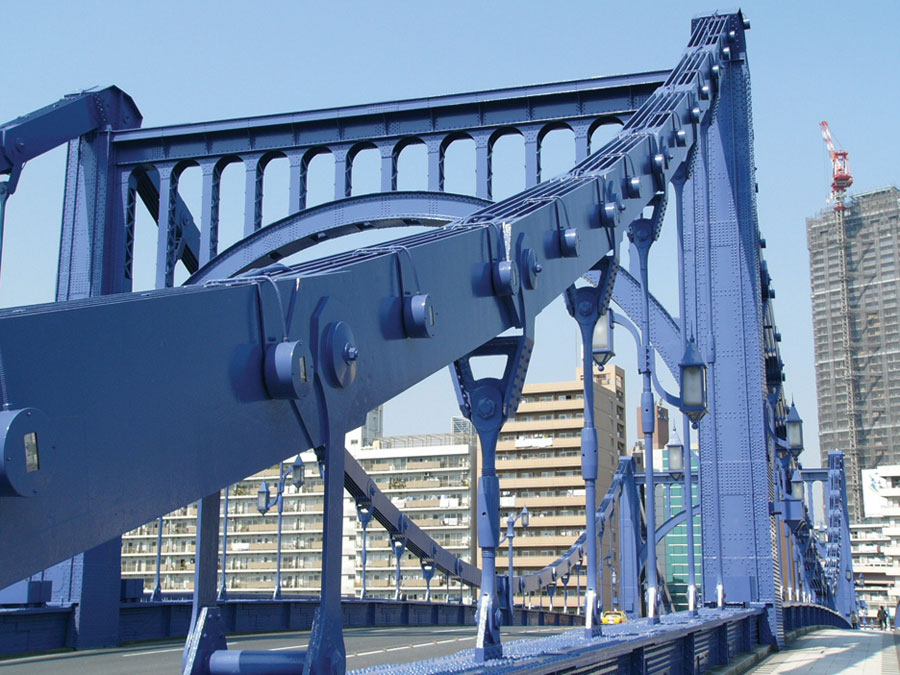“Erie on the Park” residential tower is a relatively new addition to Chicago’s impressive list of landmark architecture. Completed in 2002, the 25 story parallelogram-like, steel-frame and glass tower echoes Chicago’s modernist roots. Erie on the Park’s hallmark exposed steel beams have earned it a reputation as one of the most striking and desirable towers in Chicago. When rust appeared on its steel beams, Erie on the Park owners realized the building’s distinctive facade was endangered.
LUMIFLON FEVE Resin Restores Modern Residential Property In Chicago
Categories Architecture




